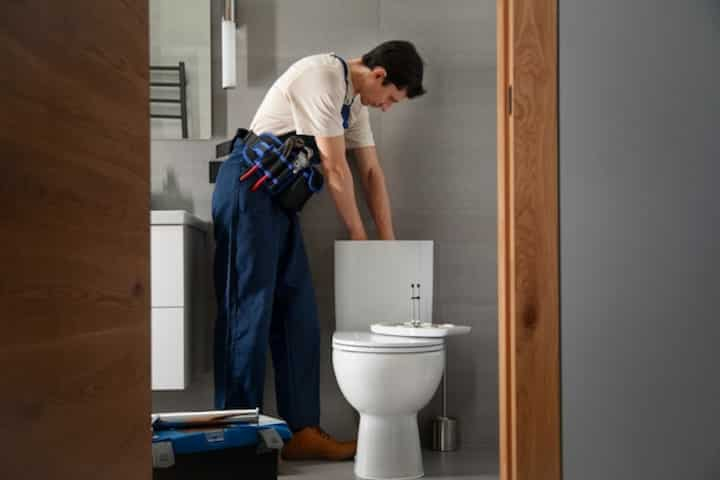
Exploring the Cost of DIY Heated Bathroom Floor Installation
Transforming a bathroom into a cozy retreat often involves adding luxurious features such as heated floors. While professional installation is an option, many homeowners are curious about the viability and cost-effectiveness of a DIY approach. This article delves into the costs associated with installing heated bathroom floors on your own, along with practical considerations and tips for those who wish to tackle this home improvement project.
Understanding the Cost Components
When planning a DIY heated bathroom floor installation, it's essential to break down the cost into manageable components. This will help in budgeting and ensure that there are no surprises along the way.
Materials and Equipment
The primary expense in a DIY heated floor project is the materials and equipment. Here are some key elements to consider:
- Heating System: Choose between electric or hydronic systems. Electric systems are generally more affordable and easier to install for DIY purposes.
- Flooring Material: The type of flooring you select (tile, stone, etc.) will impact the overall cost. Tiles are popular due to their heat conductivity and aesthetic appeal.
- Insulation Materials: Proper insulation can significantly improve energy efficiency and reduce long-term costs.
- Tools: Basic tools include a tile cutter, trowels, and a multimeter. Renting or purchasing these can add to the initial cost.
To explore further insights on bathroom remodeling and related installations, you can read more about this topic.
Labor and Time Investment
Although a DIY project can save on labor costs, it's crucial to consider the time investment required. A thorough understanding of the installation process and potential challenges can help set realistic expectations.
- Learning Curve: Familiarize yourself with the installation process through online tutorials, guides, and forums.
- Personal Time: Allocate sufficient time for each phase of the project, from preparation to final testing.
- Potential Mistakes: Mistakes made during installation might require professional correction, which can negate initial savings.
Find additional information on time management for DIY projects here.
Budgeting for Unexpected Expenses
Even the best-laid plans can encounter obstacles. It's wise to budget for unexpected expenses that may arise during the installation.
Contingency Fund
Setting aside a contingency fund can provide peace of mind and financial flexibility. Consider these potential unexpected expenses:
- Additional Materials: Running short on materials or discovering unforeseen issues with existing flooring may require additional purchases.
- Tool Rental Extensions: If the project takes longer than anticipated, extending tool rental periods can incur extra costs.
- Professional Assistance: In case of complicated issues, professional intervention might be necessary, impacting the budget.
Learn more about budgeting for home improvement projects in this detailed guide.
Conclusion
Undertaking a DIY heated bathroom floor installation can be a rewarding endeavor, offering both cost savings and a sense of accomplishment. However, it requires careful planning, budgeting, and a willingness to learn. By understanding the cost components, preparing for labor and time investments, and budgeting for unexpected expenses, homeowners can successfully install heated bathroom floors. For those looking to explore further insights into bathroom remodeling and DIY projects, explore further insights here.